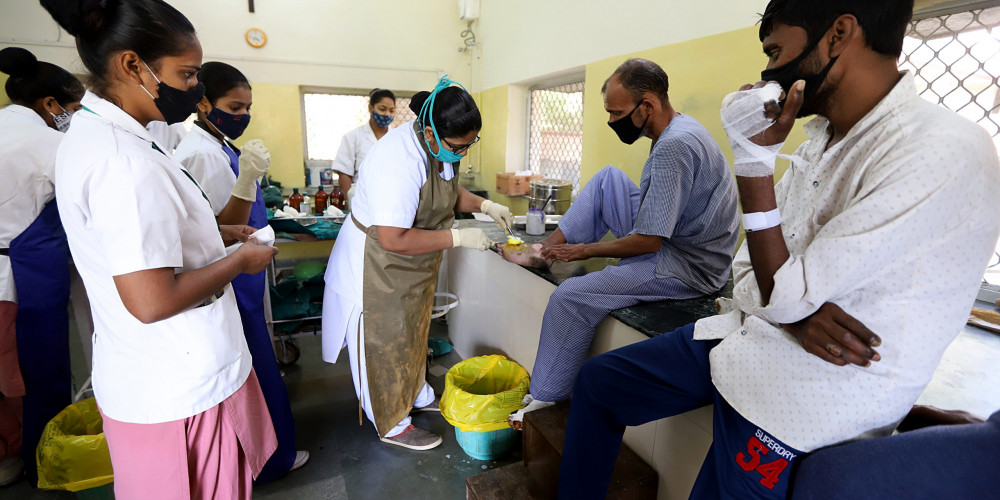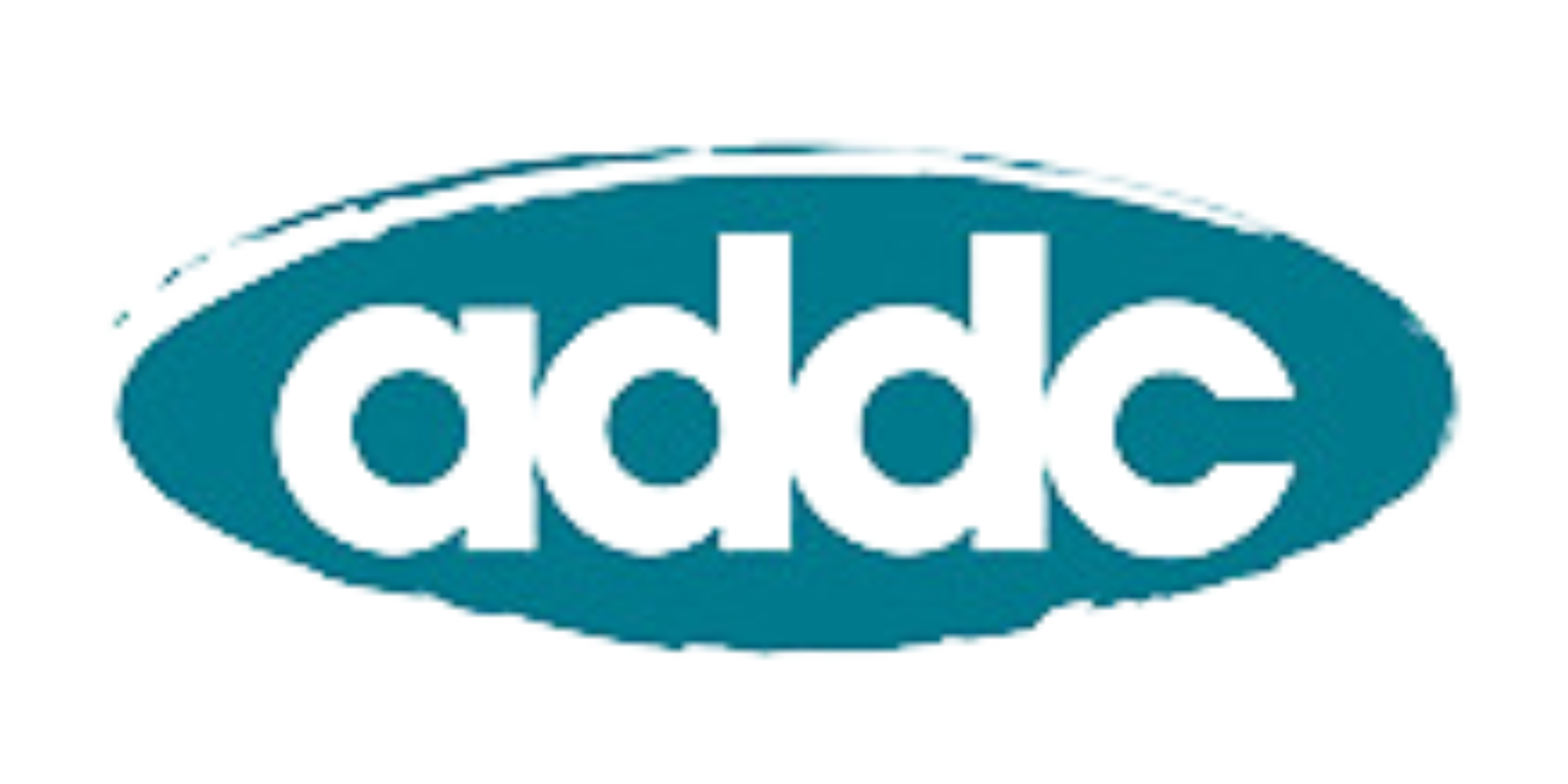KIT Blog
Thank you for your prayers battling leprosy and COVID in India.
-
 The Leprosy Mission Australia
The Leprosy Mission Australia
- Nov 12, 2021
- India
by Dr Mary Verghese, Former Executive Director
The Leprosy Mission Trust India
In March last year, when the national lockdown was announced in India, we were all new to the disease. None of us knew how to best help leprosy patients. We distributed sanitation kits, face masks and food to the hungry. We raised awareness of COVID in rural communities.
Thanks to the support of Australian supporters like you, we have a mobile therapy clinic to visit communities in remote areas. It provided leprosy and disability services to more than 800 people affected by leprosy and 2,000 people with other disabilities. Thank you for your support.
In our hospitals, the number of paying patients fell, due to the lockdown. We had to cut salaries for all colleagues, which they graciously accepted.
Many of our team were affected and four died. They had given their all to people affected by leprosy for many years. Often, colleagues would break down when their children and
family members were seriously ill. We prayed and interceded to God for the lives of our colleagues. It was heart-breaking for us all.
 TLM Community Project Distribution of face shields to ASHA frontline health workers, COVID-19 response 2020.
TLM Community Project Distribution of face shields to ASHA frontline health workers, COVID-19 response 2020.
The second wave, which hit us this year was even more devastating…
“At its peak more than 400,000 new COVID infections were detected daily, and 4,000 people were dying every day.” — Dr Mary Verghese
This surge created an acute shortage of hospital beds and oxygen.
I developed a sore throat in early April. Followed by a hacking cough and a very bad cold. The next day my husband and I went for a COVID test. I was negative.
A week later my pulse rate rose, and I had a fever. When my oxygen levels started dropping, a second COVID test was positive. Despite a severe shortage of beds, I was fortunate enough to be admitted
to hospital. I took a turn for the worse and became very breathless. I was given oxygen and intravenous drugs. I could hear doctors say that I needed to go to Intensive Care. But there were no Intensive Care beds available.
“I lost count of the days. I couldn’t do anything for myself, not even turn over on the bed.”
— Dr Mary Verghese
Only prayer saved my life. The doctors treating me felt it was a miracle. Family, friends, and
the global Leprosy Mission family continuously prayed for me. I clung on to Psalms 91 and 46.
A Christian doctor called out my name when I was critical and took out my Bible and read Psalm 46.
Finally, after 22 days I was discharged from hospital with an oxygen supply. My lungs are damaged, but I am trusting God for healing. I am slowly recovering.
If I were to summarise what The Leprosy Mission stands for, it is compassion and empathy for people affected by leprosy and the marginalised. I experienced this compassion and empathy when I was in hospital. The empathy of the healthcare workers touched our inner being. They were in their PPE suits, visors, and double masks. Despite all their inconveniences, they provided exemplary care. It’s the same in all our projects. Our colleagues risked their lives in the most difficult of times.
I want to thank each one of you who supported the work of The Leprosy Mission in India during the pandemic. Despite being far away,
you empathised with us, you understood our pain, and showed such gracious generosity.
“May you continue to be a blessing to the people we serve and to TLM family.”
— Dr Mary Verghese.
Thank you. God bless you.













